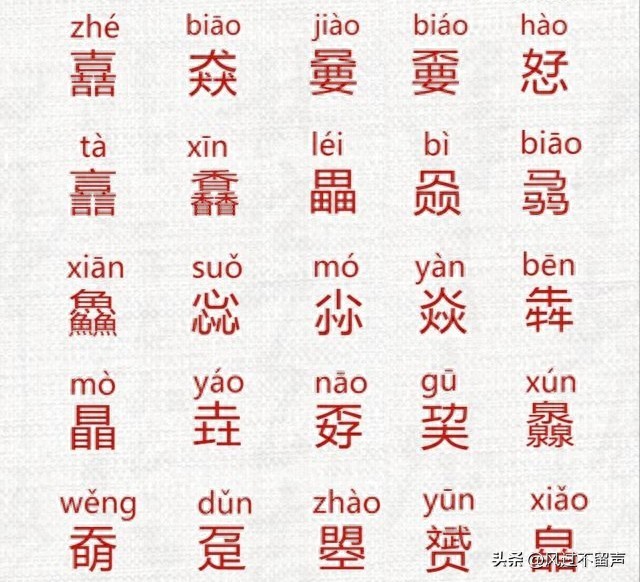The topic of Germans learning Chinese is truly fascinating.
Imagine a blonde-haired, blue-eyed German friend, furrowing their brows as they read their Chinese textbook, muttering “zhong1 wen2” while looking completely puzzled. This scene is remarkably similar to how we felt when we first started learning German, struggling with its complex gender rules and verb conjugations. It’s a challenge filled with both difficulty and fun.

From a German’s perspective, the tones and pronunciation of Chinese are definitely the biggest hurdles.
Unlike German, Chinese pronunciation demands an extreme sensitivity to subtle differences. Sounds like “chi,” “ci,” “zi,” “si,” and “ji” are enough to give Germans a headache. The minute variations in pronunciation often leave them scratching their heads. And don’t even get started on the four tones in Chinese. For Germans, this is an entirely new realm. The first tone is flat like a calm lake, the second rises like a mountain, the third dips and then rises like an echo in a valley, and the fourth falls abruptly, like a waterfall cascading down.
The meaning of a word changes with its tone, which makes it especially confusing for beginners.
Even with the help of Pinyin, Germans have to put in quite a bit of effort to master the basic sounds of Chinese.
The advent of Pinyin has undoubtedly been a huge boon for learning Chinese. It has standardized and simplified the pronunciation of Chinese, allowing Germans to master the basics in just six weeks with the help of Pinyin.
However, this is only the first step on their journey into the world of Chinese, and the real challenges are just beginning.
The complexity of Chinese characters is like a steep mountain standing in the way of Germans’ learning path.
German is based on the Latin alphabet, where spelling and pronunciation have certain rules to follow. But Chinese characters? Each one is like a beautiful picture, with radicals and strokes interwoven like a puzzle. The structure of a character has nothing to do with its pronunciation, and the number of strokes or their arrangement doesn’t affect how the word sounds at all.
For Germans, who are used to phonetic scripts, this is a serious challenge.

And don’t forget about homophones and tonal variations in Chinese characters.
A single character can have entirely different pronunciations in different contexts, and its meaning can shift dramatically. This level of complexity can leave Germans feeling frustrated when learning Chinese characters. Even if they master 2,000 commonly used characters, they’re barely able to read a newspaper or book. To truly understand the depth of the Chinese language, they’ll need more practice and immersion.
Moreover, China’s many dialects, with their massive variations in pronunciation, add another layer of difficulty. Even among native Chinese speakers, there are times when people can’t understand each other’s dialects. Luckily, the widespread use of Standard Mandarin has made it much easier for foreigners to learn and communicate. As long as they master the rules of Mandarin pronunciation, they can communicate without too much difficulty.
Once the challenges of pronunciation and tone are tackled, the difficulty of learning Chinese characters quickly follows. For Germans, every radical, stroke, and component of a character feels unfamiliar. German is a phonetic language, whereas Chinese characters are ideograms. The writing and pronunciation of a Chinese character are entirely separate, and this irregularity only makes learning more difficult.
Germans are used to learning words by spelling them out using the alphabet, but Chinese characters are a completely different beast. Each character is a standalone symbol, and the arrangement of strokes has no bearing on its pronunciation.
For beginners, this is undoubtedly a massive challenge. Although modern technology has made it much easier to input Chinese characters, mastering their writing still requires a lot of time and practice.

However, the challenges are not insurmountable.
A German who has been learning Chinese for many years shared some valuable tips: learning Chinese requires immense patience and perseverance.
He recommended an interesting method—listening to Chinese songs to develop a feel for the language. Simple, catchy folk songs, like Zhao Lei’s “Chengdu” and Song Dongye’s “Miss Dong,” with their melodies similar to Chinese tones, can help improve both pronunciation accuracy and a learner’s sense of the language.
In addition, learning Chinese is similar to learning any other language—it requires continuous practice, vocabulary building, and grammar study. Although it takes a long time to learn, as you dive deeper, you’ll gradually come to appreciate the richness and unique charm of Chinese.
In conclusion, for Germans, learning Chinese is a challenging journey.
From mastering tones and pronunciation to understanding and writing Chinese characters, every step demands significant effort. Despite the difficulty, the uniqueness and beauty of the Chinese language are well worth the effort.
Hopefully, every German learner of Chinese will continue along this path, experiencing the joy and satisfaction of language learning.










